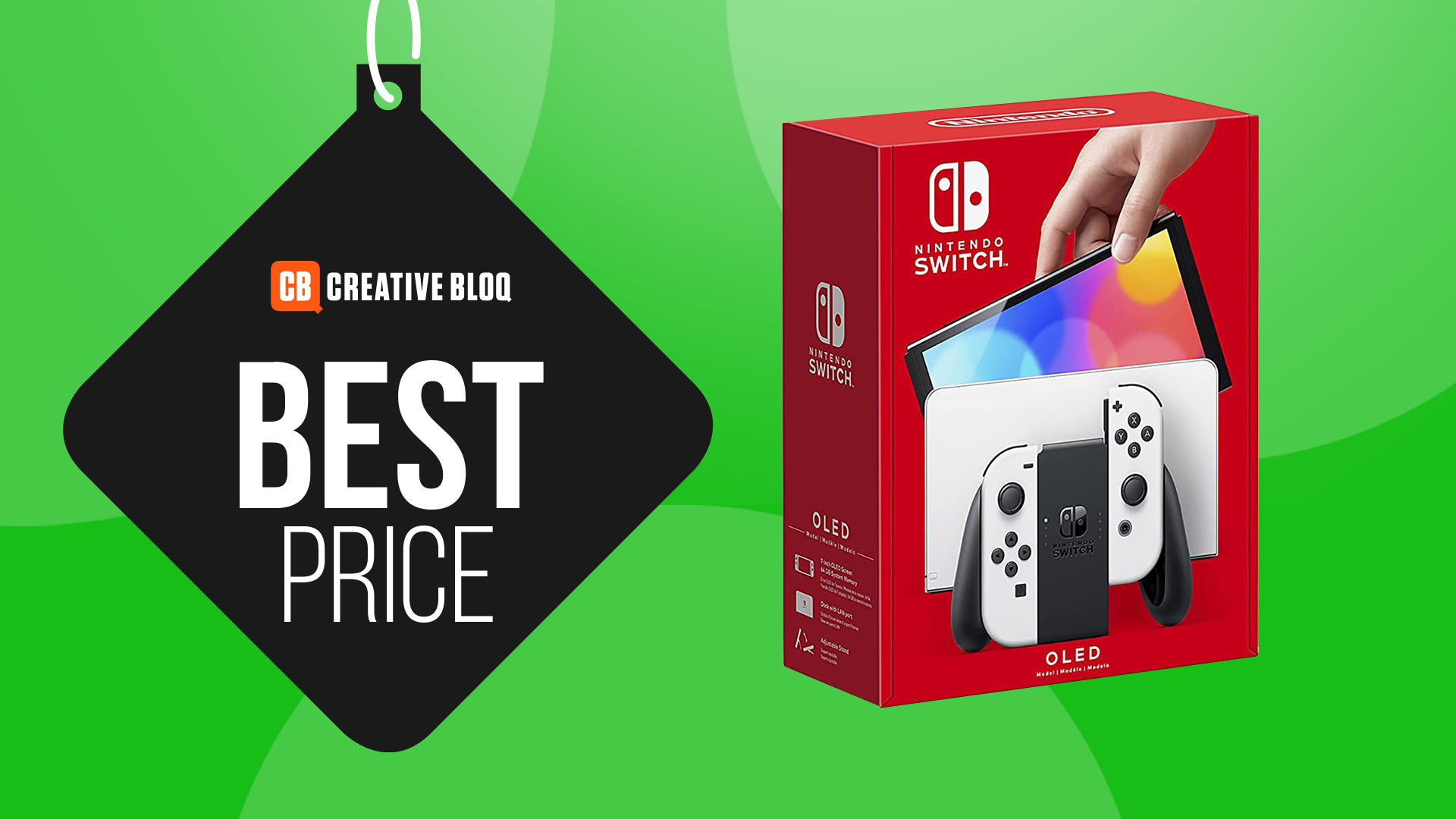Flat design threatens tablet usability
Jakob Nielsen's usability tests find the flat design trend threatens tablet usability due to unclear UI element functions
Flat design and improperly rescaled interfaces are the main threats to usability, according to web usability consultant Jakob Nielsen's latest tablet usability study. Nielsen said flat design is the main threat to usability as it makes it difficult for users to “see what they can do”, calling for a “golden middle ground between skeuomorphism and a dearth of distinguishing signifiers for UI elements”.
Flat design and improperly rescaled interfaces are the main threats to usability, according to web usability consultant Jakob Nielsen's latest tablet usability study.
Nielsen said flat design is the main threat to usability as it makes it difficult for users to “see what they can do”, calling for a “golden middle ground between skeuomorphism and a dearth of distinguishing signifiers for UI elements”.
The study identified greater problems with apps rather than websites, with most websites being "fairly usable" on tablets. He recommended companies don't bother with apps at all unless they can offer “value-added functionality over a website”.
In addition, he said too many designs for tablets were badly-rescaled versions of layouts that had originally been created for bigger or smaller screens. This was mainly an issue on Android tablets due to device diversity.
Living dead designs
Nielsen recalled the use of frames on the web in the 90s, and noted that “like zombies, certain bad designs come back from the dead to haunt users”. He found instances of “frames-like concepts” such as split-screen designs and temporary frames for search results. He warned: “Every time you split off part of the screen, less remains to show content.”
The studies found that people expect to use tablet apps as they use the web; they often want to search, be able to return to their search results, and they want a back button to undo the last action. Search results were often difficult to return to, and back buttons were sometimes absent or didn’t work as expected.
Get the Creative Bloq Newsletter
Daily design news, reviews, how-tos and more, as picked by the editors.
In reaction to the study, designer and author Oli Studholme said: “In general I agree with the article: content must work on your device to be usable. The principles underlying the web are well-suited to making content usable on many devices. With the zombie apocalypse of devices in full stagger, we stray from fundamentals like responsive web design at our peril. I also strongly agree that active elements need to be obviously active to avoid mystery meat navigation. The surface design I currently find both usable and appealing is in [Nielsen’s] 'golden middle ground'.
Content first
"I suspect some will perceive 'the nave idea that a single design is good enough' as a snub to RWD, but I don’t think it is. Start 'content first' and ensure you have a solid content strategy. Larger projects and budgets can have greater platform customisation, but even platform-specific content should adapt. As John Allsopp said in A Dao of Web Design, 'It is the nature of the web to be flexible'," added Studholme.
UX designer and content strategist Tim Tucker stressed the importance of user testing: “This is an important reminder that changes to visual design elements should always be tested with users. It's also clear that many tablet apps feature non-intuitive navigation, and lack basic functionality like back buttons and a proper SERP (search engine results page).
"I've seen users in tests rely on their experience of the web to navigate tablet apps, often with disappointing results. It seems clear from this research that we'd benefit from more web-type UX on apps.”

Thank you for reading 5 articles this month* Join now for unlimited access
Enjoy your first month for just £1 / $1 / €1
*Read 5 free articles per month without a subscription

Join now for unlimited access
Try first month for just £1 / $1 / €1

The Creative Bloq team is made up of a group of art and design enthusiasts, and has changed and evolved since Creative Bloq began back in 2012. The current website team consists of eight full-time members of staff: Editor Georgia Coggan, Deputy Editor Rosie Hilder, Ecommerce Editor Beren Neale, Senior News Editor Daniel Piper, Editor, Digital Art and 3D Ian Dean, Tech Reviews Editor Erlingur Einarsson, Ecommerce Writer Beth Nicholls and Staff Writer Natalie Fear, as well as a roster of freelancers from around the world. The ImagineFX magazine team also pitch in, ensuring that content from leading digital art publication ImagineFX is represented on Creative Bloq.
